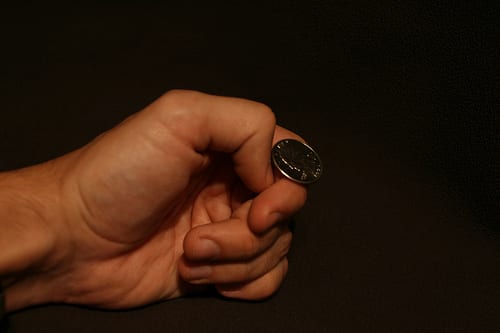The decision log as a KM tool
A decision log can be a useful tool in learning, and as part of a KM system, provided to you log the right things.

Many projects and many non-project bodies maintain a decision log, to keep track of and record the major decisions which have been made. This allows them to revisit the decisions later, and to understand the basis behind them in the light of later knowledge. This sort of review enables them to make better decisions in future.
Some public bodies require these logs be kept. The Sussex Police, for example, require a decision log for major , saying that “the primary objective of the policy file or
decision log is to record investigative direction, instruction, parameters and priorities for
major crime investigations and other complex investigations whilst complying with the
requirements of the Criminal Procedure and Investigations Act (CPIA) 1996“.
But how helpful are these logs for learning purposes?
- Creating a timeline of the incident under review;
- Identifying the main decisions and decision points;
- Analysing why these decisions were made at the time, and also alternatives that were considered; and
- Asking “what-if” questions and other hypotheticals, to explore the decision process more deeply.
This study by Harenčárová, published in Human Affairs 25 in 2015, used the critical decision method to explore decisions made by paramedics, and created a template for retrospectively logging the decisions during the third step, using the following categories:
- Cues (what was seen at the time)
- Situation Assessment
- Decision
- Why? (Decision rationale)
- What for? (intended outcome).
In engineering, the Toyota A3 report acts as a decision log for product design, and is a simple and visual way to keep track of engineering decisions, recording
- The problem
- the details of the current situation
- root cause analysis
- the “target state”
- the alternative countermeasures to address root causes
- the chosen implementation plan with accountable actions and costs
- a follow-up plan, including preparation of a follow-up report
These reports are used to communicate decisions in review meetings to build a knowledge base about good practices in product development, and to develop a final Basis of Design document. The great thing about the A3 report is that it is completed in real time, and the rationale for all decisions is clearly made. That’s why A3 reports are such a useful KM component.
If a decision log is to be useful as a part of KM, then it needs to cover some of the same ground as the A3 report and Harenčárová’s log, and to record.
- The problem that needed to be addressed (in terms of the information and cues which were available at the time)
- An assessment of the situation, including what was assumed
- The decision that was made
- The alternatives that were rejected
- Why the decision was made, i.e. the deciding factors that resulted in choosing that particular option
- The intended outcome of the decision

Leave a Reply